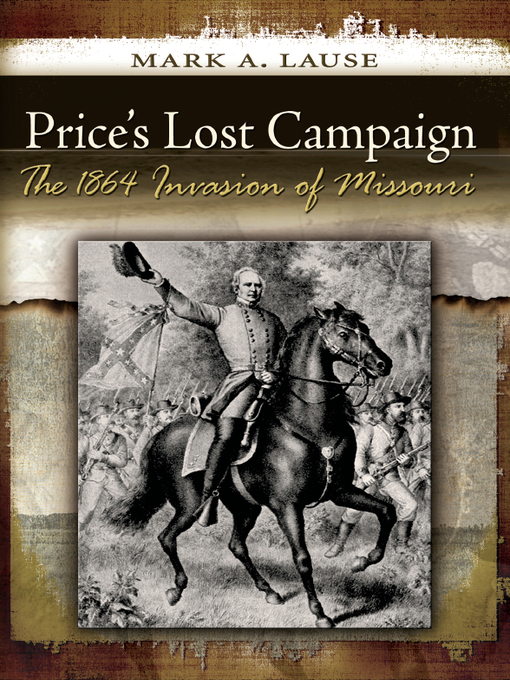- Try something different
- Available now
- New eBook additions
- New kids additions
- New teen additions
- Most popular
- Christian Fiction
- Love is in the air
- ARPA Fiction
- ARPA Nonfiction
- ARPA YA Fiction
- Spanish Language Titles for Adults
- Spanish Language Titles for Children
- See all
- New audiobook additions
- Try something different
- Available now
- New kids additions
- New teen additions
- Most popular
- Christian Fiction
- Love is in the air
- ARPA Fiction
- ARPA Nonfiction
- ARPA YA Nonfiction
- ARPA YA Fiction
- Spanish Language Titles for Adults
- See all
- Magazines are Here...Check 'em out!
- News and Politics
- Celebrity Magazines
- Let's Get Cooking!
- ARPA YA Nonfiction
- See all

